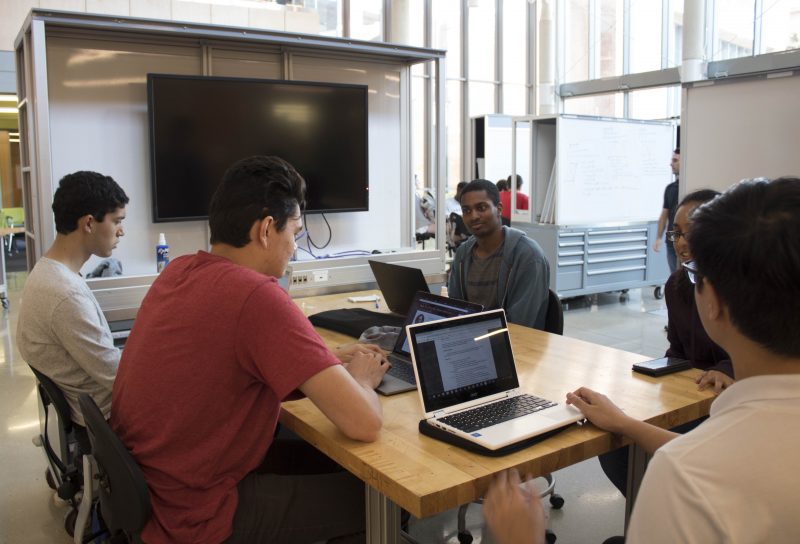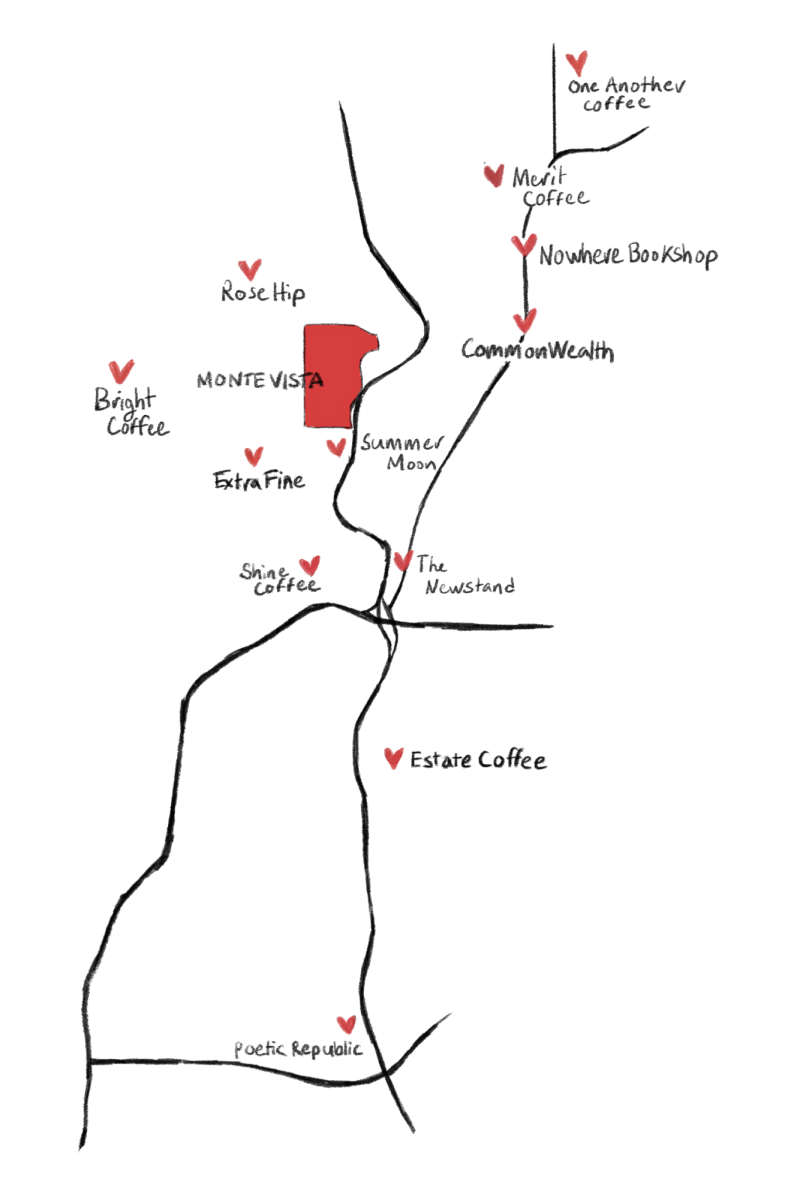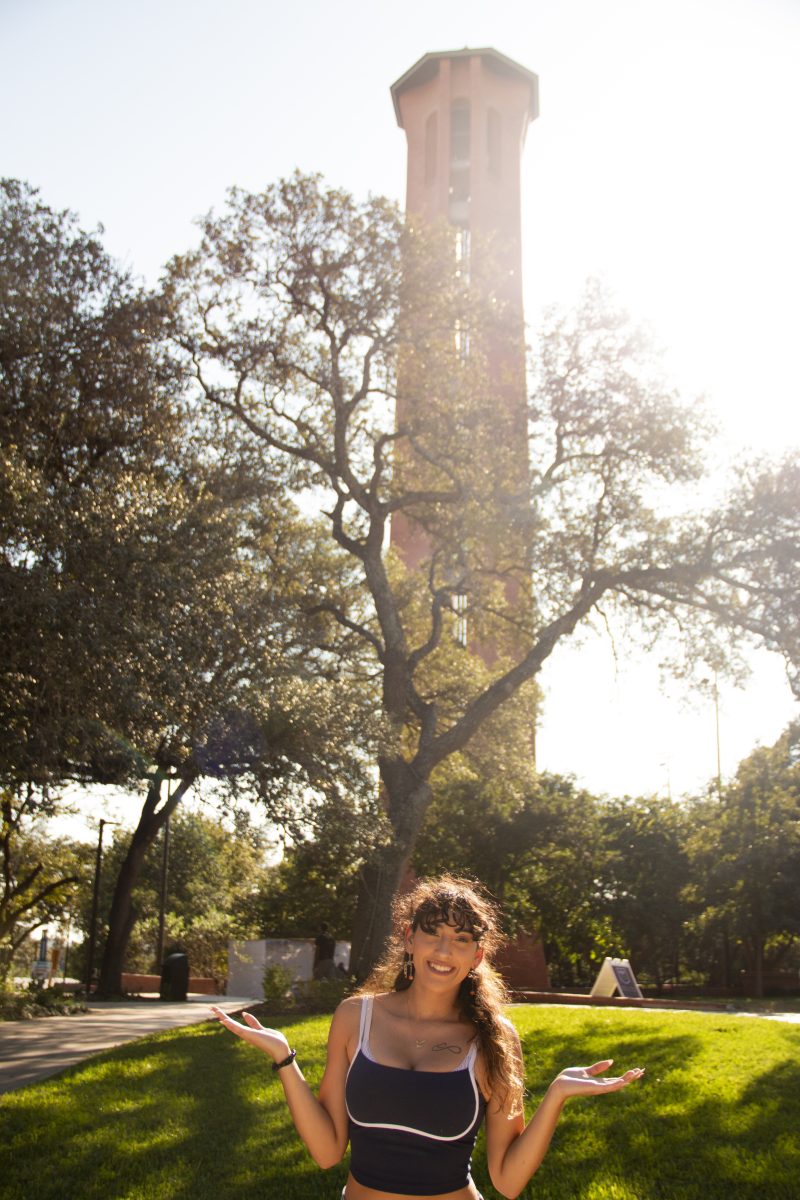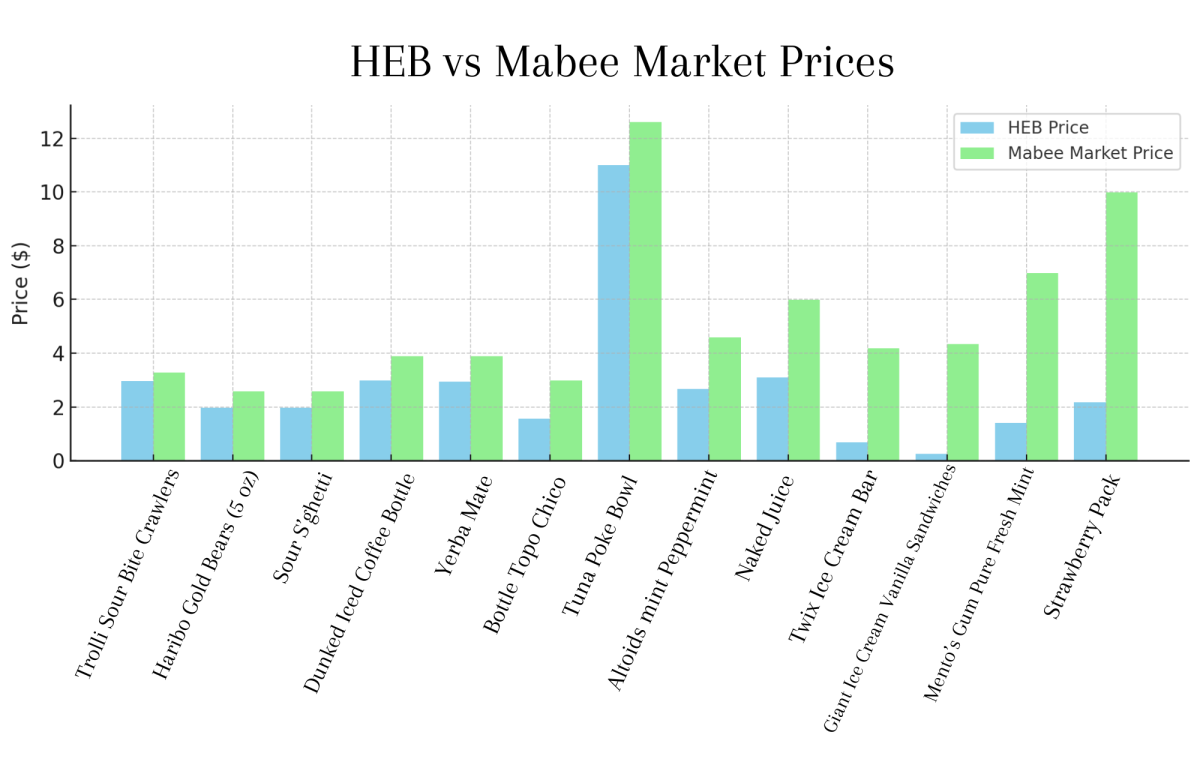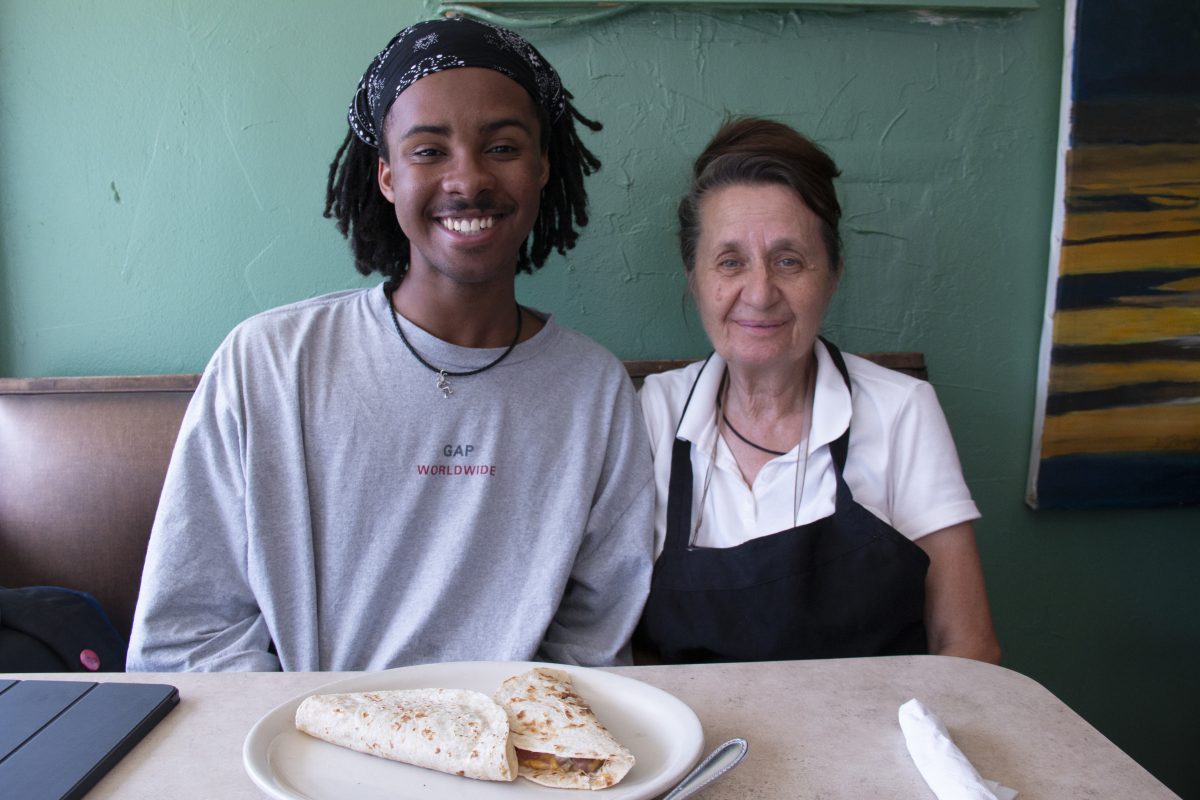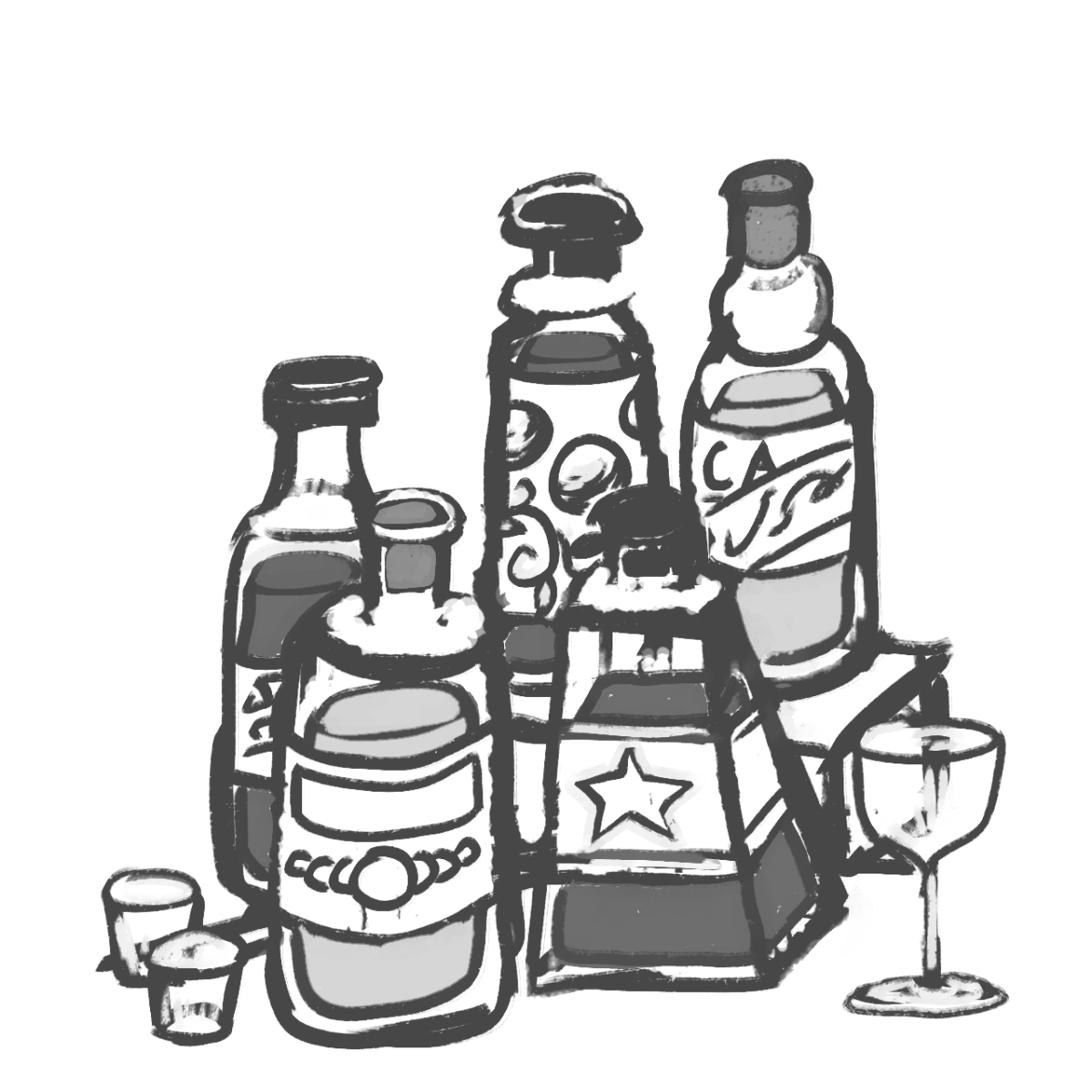Students in Eliseo Iglesias’s Engineering Design III class have embarked on a yearlong project with a unique service-learning twist. Under the guidance of the staff at Student Accessibility Services, groups of students with a required sophomore standing will design devices to increase accessibility for people with vision impairments. At the end of the fall semester, students will have completed their initial plans for the project; by the end of the spring, students will finalize their project and create a presentation to explain their ideas.
Iglesias, visiting instructor in engineering science, is a recent Trinity alumni (he graduated in 2011) and was inspired to assign this project by a similar assignment he completed as a sophomore.
“We worked on a weed whacker and we worked on modifying it to reduce its vibration, so that people that have sensitivities in their digits [can] operate it for long periods of time,” Iglesias said.
The students’ mentor for this assignment was originally going to be the San Antonio Lighthouse for the Blind, a nonprofit organization that provides rehabilitation, employment and resources to people with visual impairments. When the Lighthouse was not able to participate, Iglesias reached out to Student Accessibility Services (SAS).
“[The SAS staff’s] role is to act as a mentor to the students,” Iglesias said. “They have connections to different nonprofits around town, and so they’re just a resource for students to help them and guide them through through their projects. At the end, once the project is completed, they’ll give them feedback.”
Both Myeshia Smith, interim director for SAS, and Jessica Reyes, Trinity University’s student accessibility specialist, have extensive experience working with students with disabilities. Reyes also has experience designing assistive technology.
“I was an accessibility specialist working for the San Antonio Museum of Art and the DoSeum, assessing galleries and their education programs to make them more accessible to all learners and individuals,” Reyes said. “While there, I worked on a project where I partnered with the Lighthouse for the Blind — both here and in San Francisco — to build a three-dimensional map so that individuals who [are] visually impaired [could] navigate independently throughout the museum.”
Smith spoke about the students’ progress so far.
“We’re still in the planning stages, and there will be three different projects for three different groups,” Smith said. “They’ll be taking into consideration universal design, safety and efficiency and inclusion. Each of the projects will meet a different need that will be beneficial, not just for the population [of people with disabilities], but for all people.”
The majority of projects students are developing in Iglesias’s Monday section of the class are geared towards assisting people with visual disabilities, while students in the Wednesday section are partnering with Goodwill to create devices that can make working more accessible.
Aidan Denny, a sophomore in the Monday section, wants to update a cooking device called a pivot knife to help people with impaired vision cut fruits, vegetables and meats in the kitchen.
“I really like cooking, so I was looking at chopping, and there’s this device already out there called the pivot knife. Basically, it’s a cutting board with a knife attachment that has a clamp at the top so that you can insert a knife and chop,” Denny said. “An idea we have is adding a guard so that the person using it doesn’t have to stick out their thumb to see where the knife is.”
“We’re considering adding a raised grid so that [users] can literally feel where their cuts should be,” said Alex Love, another sophomore in Denny’s group.
According to Iglesias, this project offers a unique opportunity for students to learn what it’s like to work for a nonprofit company.
“Most of these students, when they graduate with this degree, they’ll go to private industry and for-profit institutions; this gives them an opportunity to have that experience working with a nonprofit,” Iglesias said. “When I was at Trinity, I was very thankful that I had [this] experience before I left to work for industry and then went back to grad school.”
Students who want to learn more about Engineering Design III can contact Iglesias at [email protected].

